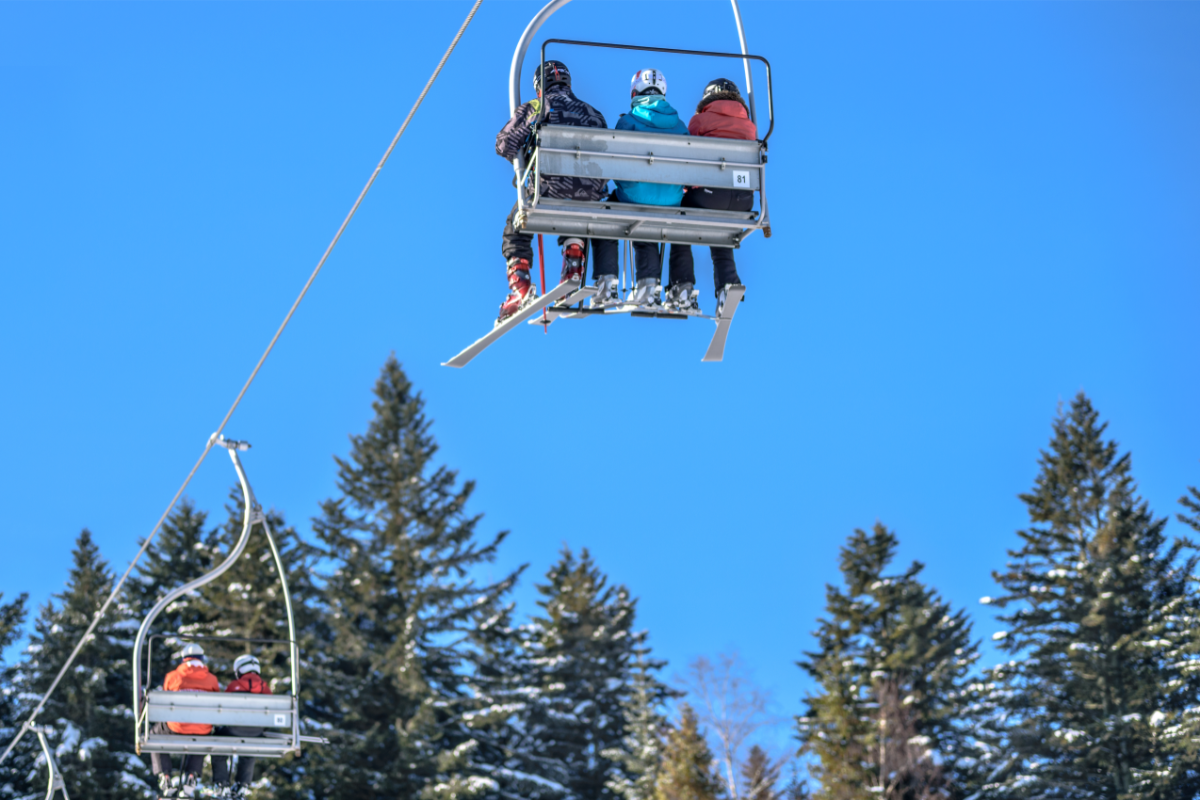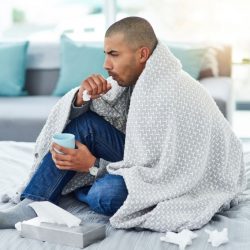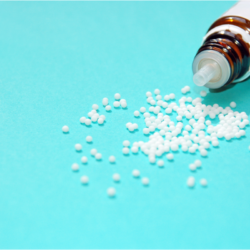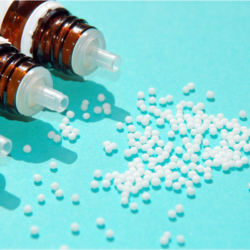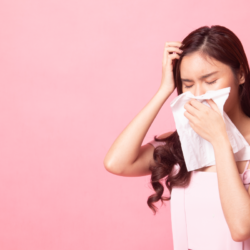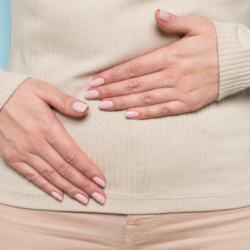Skiing, an exhilarating and popular sport, requires not only skill and passion, but above all a particular attention to safety. On snow-covered slopes and in the excitement of skiing, the importance of safety cannot be underestimated. In this context,homeopathy, an age-old holistic healing practice, proves to be a unique ally. This article takes you on a journey to discover how homeopathy can help skiers to enjoy a safe and enjoyable skiing experience.
Based on the principle that “like cures like”, homeopathy is a therapeutic method that uses highly diluted natural substances to treat a variety of ailments. Developed at the end of the 18th century by Samuel Hahnemann, a German physician, this approach to health is characterised by its simplicity and depth: substances that may cause symptoms in a healthy person can, when diluted, treat similar symptoms in a sick person.
Although homeopathy is often associated with general health and well-being, its importance in the field of sport, and skiing in particular, is noteworthy. Homeopathy offers specific benefits to skiers, such as injury prevention, improved endurance and faster recovery, perfectly aligned with the demands of this vigorous sport.
In this guide, we’ll explore how homeopathy can be used to prevent common skiing injuries, such as sprains, bruises and muscle soreness, and how it can help improve performance and endurance. We’ll also look at how homeopathy can help cope with the challenges of the cold and altitude typical of this sport.
The best homeopathic remedies for skiing
The intersection of homeopathy and skiing is of growing interest, especially in the sporting context. This unique combination offers skiers both preventive and therapeutic benefits, crucial for safe and effective skiing.
Do sportspeople use homeopathy?
In the field of sport, and especially in demanding sports such as skiing, homeopathy offers a personalised, natural approach to treatment. It stands out for its ability to treat individuals according to their physical and emotional specificities, a particularly beneficial perspective in a sport where each athlete can face unique challenges. Homeopathy, which focuses on the use of natural substances in low doses to stimulate the body’s self-healing processes, is therefore proving to be an essential complement to conventional practices in the prevention and treatment of skiing injuries.
The benefits of homeopathy for skiers
- Injury prevention: Remedies such as Arnica Montana are renowned for their effectiveness in preventing and treating typical skiing injuries, such as sprains and bruises. They help to reduce inflammation and speed up tissue healing, thereby limiting interruptions to skiing.
- Pain management: Homeopathy offers alternatives to conventional analgesics for muscle and joint pain, avoiding undesirable side effects.
- Performance enhancement: Specific remedies can boost endurance and performance, optimising the management of physical stress and increasing overall energy.
- Post-workout recovery: After an intense day’s skiing, homeopathy can help you recover more quickly, by reducing muscle fatigue and helping the body to relax.
By incorporating homeopathy into their routine, skiers can benefit from a holistic approach, enhancing their skiing experience while taking care of their health in a natural and personalised way.
Aching muscles and muscle fatigue: the role of homeopathy
Skiing is a demanding sport for the body, and can often lead to muscle soreness and fatigue. Fortunately, homeopathy offers effective solutions to prepare the body for exertion and alleviate these discomforts.
To prevent muscular overexertion, Arnica montana 9 CH is the remedy of choice. This strain is recognised for its ability to prepare muscles for intense effort, thereby reducing the risk of post-activity pain. Sarcolacticum acidum 9 CH plays a crucial role in anticipating muscle soreness. This remedy helps the body to manage muscular acidity, which is often responsible for muscle soreness after sustained effort. Finally, Zincum metallicum 9 CH is recommended for sensations of increased sensitivity in the lower limbs, such as tingling or restless legs syndrome, sensations that can be exacerbated after skiing.
These strains are available in granule or tablet form, as in the Sporténine product. The suggested dosage for skiers is to take one tablet the day before and one hour before exercise, then every six hours during sporting activity. If muscular pain occurs despite this prevention, it is advisable to take one tablet every hour until improvement, without exceeding the maximum dose of ten tablets per day. Alternatively, these strains can be taken in granule form, with an equivalent dosage (three granules per tablet).
In addition to this homeopathic approach, it is essential to respect your physical limits, warm up your muscles properly before exercise and stretch properly afterwards. Good hydration is also crucial for skiers throughout their activity, in order to support the effectiveness of the homeopathic treatment and promote optimal muscle recovery.
Falls, trauma and homeopathy
In the context of skiing, where falls and trauma can occur, homeopathy offers relevant and effective solutions. A homeopathic first-aid kit is an essential tool for any skier.
For falls and blows, Arnica montana 9 CH is the remedy of first choice. It is recommended to administer it immediately after the incident to help manage pain and reduce swelling. An arnica-based gel mother tincture can be applied locally for rapid, targeted action.
In the case of sprains or dislocations, Ruta graveolens stands out. This remedy is suitable for these types of musculoskeletal injury. It is generally taken in a lower dilution (5-7 CH), with a dosage of three to five granules, three times a day, helping to reduce pain and speed up the healing process.
To treat haematomas, Bellis perennis 5-7 CH is indicated. This remedy is effective in managing bruising and associated pain, and is recommended three to four times a day.
In situations where a fracture occurs, in addition to the essential medical treatment, homeopathy offers Symphytum. This remedy helps to consolidate the fracture and treat post-fracture pain. It offers important additional support in the recovery from more serious injuries.
Blisters, which are common when wearing ski boots or hiking boots, can be particularly uncomfortable. Cantharis 5 CH is the recommended remedy in these cases. The suggested dose is three to five granules every two hours, accompanied by a suitable dressing, to provide rapid pain relief and promote healing.
The use of these homeopathic remedies, in tandem with appropriate medical care and standard precautionary measures, enables skiers to better manage minor incidents on the slopes, while promoting a faster, more comfortable recovery.
How to combat mountain sickness with homeopathy?
Mountain sickness, also known as acute mountain sickness, is a common condition among skiers and mountaineers. This condition, caused by altitude and a lack of oxygenation, often manifests itself through symptoms such as dizziness, general tiredness, headaches and breathing difficulties. For those looking for natural, gentle solutions, homeopathy offers an interesting option.
Coca 9 CH is the homeopathic remedy recommended for treating altitude sickness. Its properties are particularly suited to relieving altitude-related symptoms. In addition to physiological problems, Coca is also effective for those who suffer from insomnia at altitude, a common condition which can affect the quality of sleep during stays in high mountains.
The recommended dosage of Coca 9 CH is three to five granules three times a day. This medium dilution effectively treats the symptoms while being gentle on the body. It is important to note that this remedy should be taken as part of an overall approach, including good hydration, gradual acclimatisation to altitude and a suitable diet.
The use of Coca 9 CH can therefore be a valuable solution for skiers and mountaineers seeking to prevent or treat mountain sickness. By incorporating this remedy into their routine, they can significantly improve their mountain experience, while minimising the impact of altitude-related discomfort.
How can I boost my endurance with homeopathic remedies?
Skiing is a sport that places intense demands on endurance and performance. In the face of prolonged effort and demanding mountain conditions, maintaining an optimum level of stamina is essential. Homeopathy offers specific remedies that can play a significant role in boosting endurance and managing fatigue.
Endurance remedies
In homeopathy, remedies such as Carbo vegetabilis and Phosphoricum acidum are renowned for their ability to improve endurance. Carbo vegetabilis is often recommended for those who feel exhausted quickly and recover slowly, while Phosphoricum acidum is used to combat intellectual and physical fatigue, an undeniable advantage for sportspeople engaged in long-term activities such as skiing.
Managing fatigue with homeopathy
Fatigue can be a major obstacle to a successful day on the slopes. To counteract this, homeopathy offers solutions such as Arnica montana, especially after physical exercise, to help the body recover. Sarcolacticum acidum, on the other hand, is well indicated for fatigue due to excessive muscular exercise, particularly useful for skiers who spend long hours on the slopes.
These homeopathic remedies, taken appropriately, can support skiers in their quest for greater endurance and performance. They contribute to better effort management and facilitate faster recovery, enabling skiers to maximise their time and pleasure on the snowy slopes.

